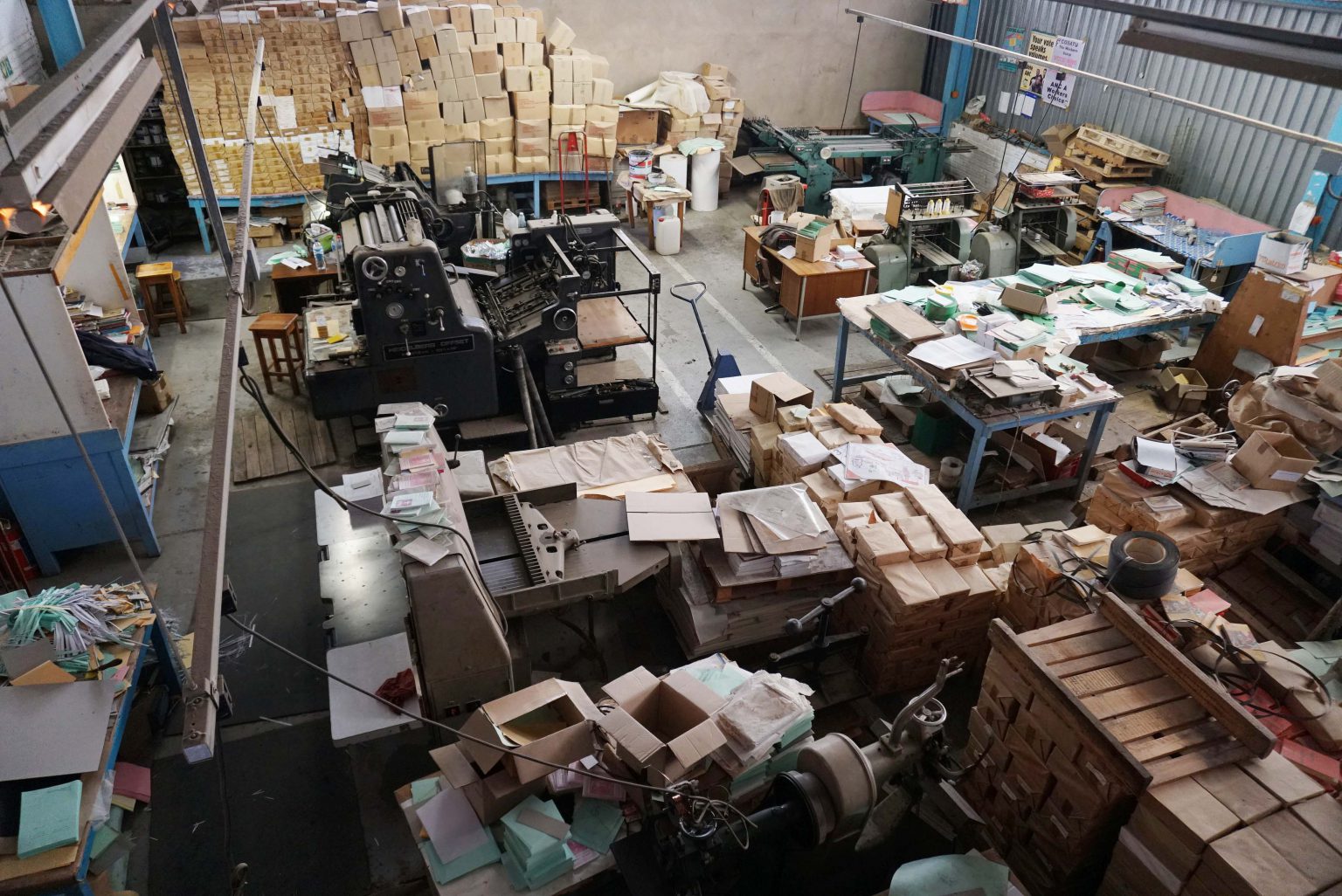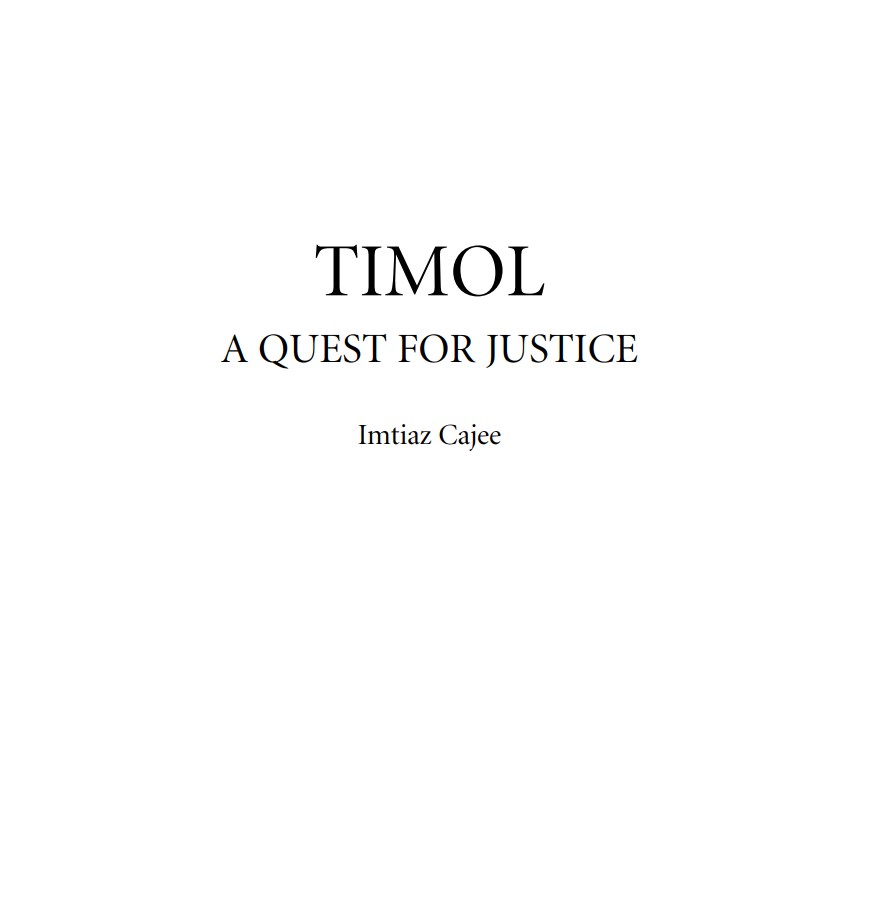Lambert's Bay
Welcome to the seafood hotspot of the West Coast! Lambert’s Bay is known as the Diamond of the West Coast and the crayfish mecca of South Africa. Called this because of the colour of the sand on the beach. Snoek is also available during a snoek run which takes place during the Winter months of April to July. Lambert's Bay is also famous for its long stretches of uninterrupted white beaches and abundant marine life which gathers in the cool blue waters. Take a relaxing daybreak and soak up the sun, surf the sparkling waves or enjoy a boat ride over the big blue bay.
Lambert's Bay is also jam-packed with plentiful birdlife. Some of the more popular species on the list include gannets and cormorants. Dolphins, whales and the ever-entertaining gannets at the internationally acclaimed; 'Bird Island', attract tourists from all over. Heavy-side Dolphins are frequently spotted from the beach. Lambert's Bay is also a great place to view the lush stretches of wild field flowers that are most beautiful during Spring. (This gives a rather exquisite relaxing aroma, very different from the fishy smell at the Harbour!)
Lambert's Bay is named after Admiral Lambert of the British Navy who did a marine survey of the Bay between 1826 and 1840. In 1887 Mr. Stephan bought the commercial buildings and built the Hotel in 1888. Lamberts Bay was used as a lay-up for British warships during the war of 1900-1902 and in 1901 the “HMS Sybille” was wrecked opposite Steenbokfontein. The first crayfish factory was started by Mr. Lindström in 1918; the price was 1/6 and 2/6 per hundred crayfish. For many years the fishing industry formed the core of the Lambert’s Bay economy and the picturesque Harbour is a testimony to this. Nowadays it has become a tourist and vacation destination. On the farm- Wadrift, approximately 17km south of Lambert’s Bay, a quaint wooden lock, dating back more than 200 years can be seen. The lock is still used to lock a storeroom. You can also see a house built of whale bones on this farm, (but please note that the bones are not visible!)
Sandveld Museum
The museum houses 15 different exhibits, e.g. “Old” Lambert’s Bay, HMS Sybille Gunboat which ran aground in 1901. (This British gunboat HMS Sybille was a 3400-ton twin-screw second-class cruiser. The ship was sent to Lambert’s Bay as a patrol boat during the Anglo-Boer war (1899 - 1902)), Photograph collection, Fish industry and fishing community, Book & Bible collection, Archaeological display, Horse mill and Farm implements and Clothes and embroidery from bygone days.
This gem of a seaside Village owes its origin to humble beginnings as a fishing Village, like most of the surrounding South African coast Villages, but it has become one of the major tourist attractions on the West Coast due to its moderate all year climate. The Sandveld Museum and nearby local farms like; 'Wadrift', will open your mind to the cultural History of this unique place.



